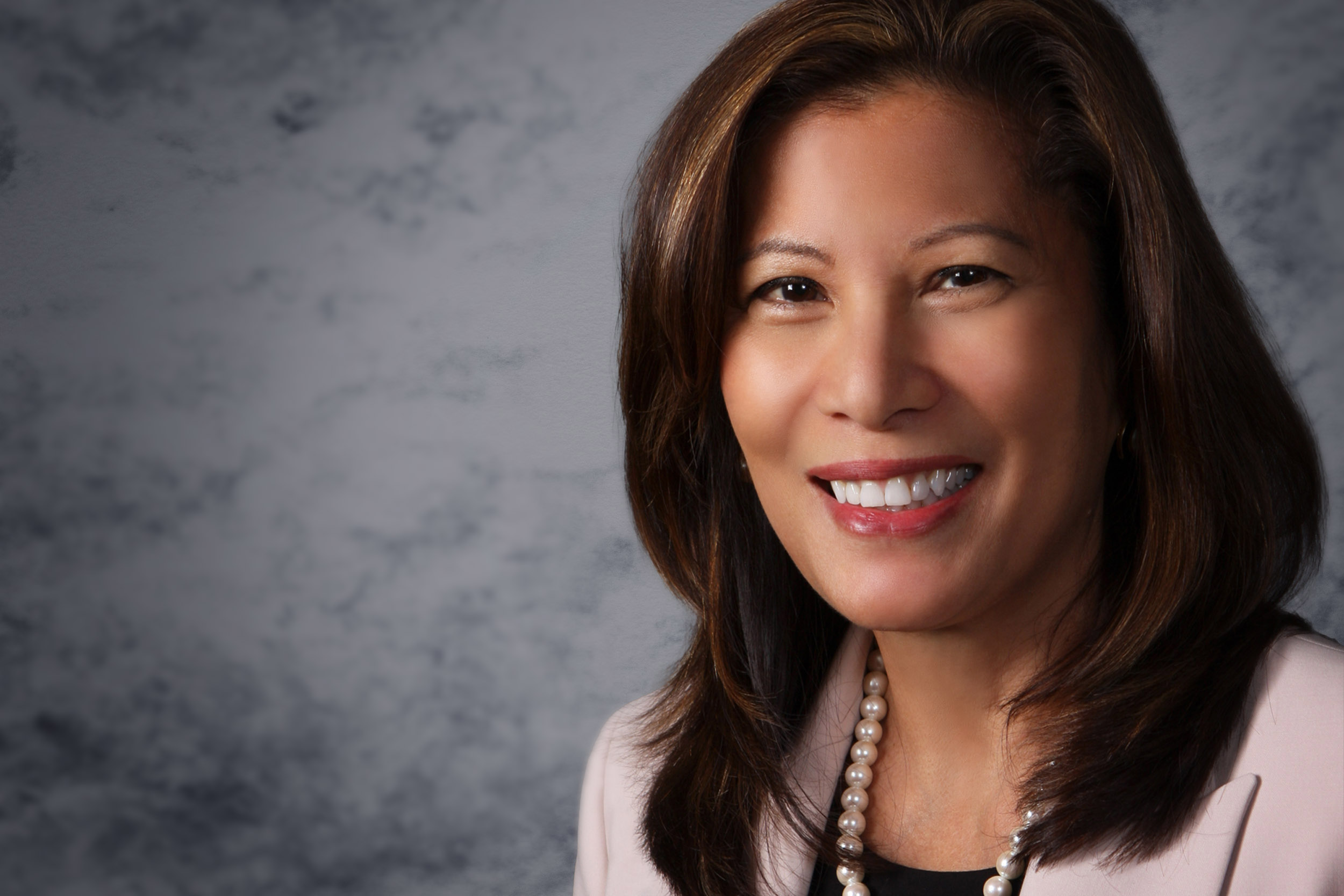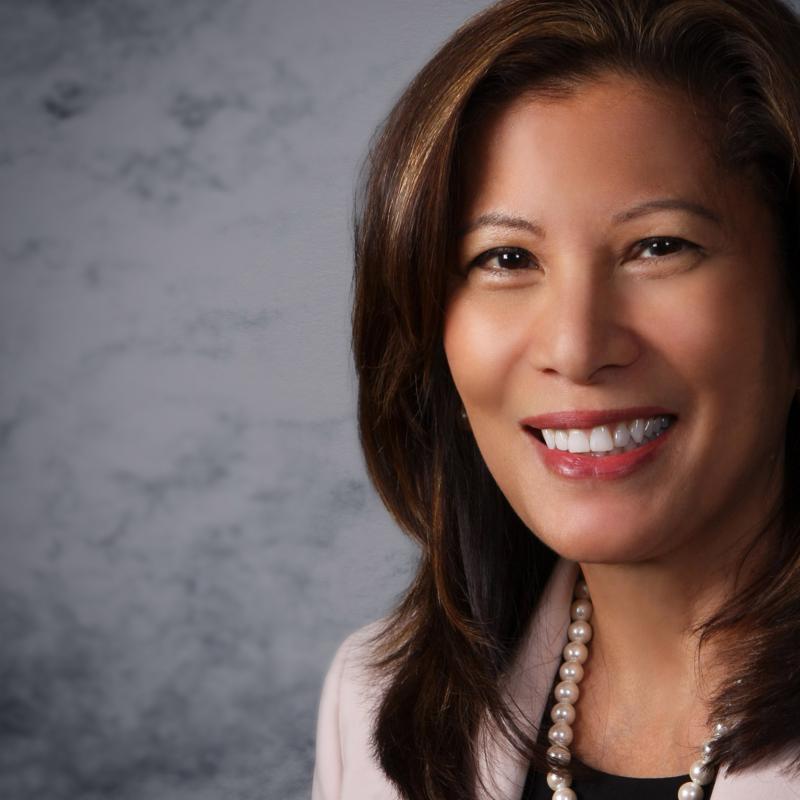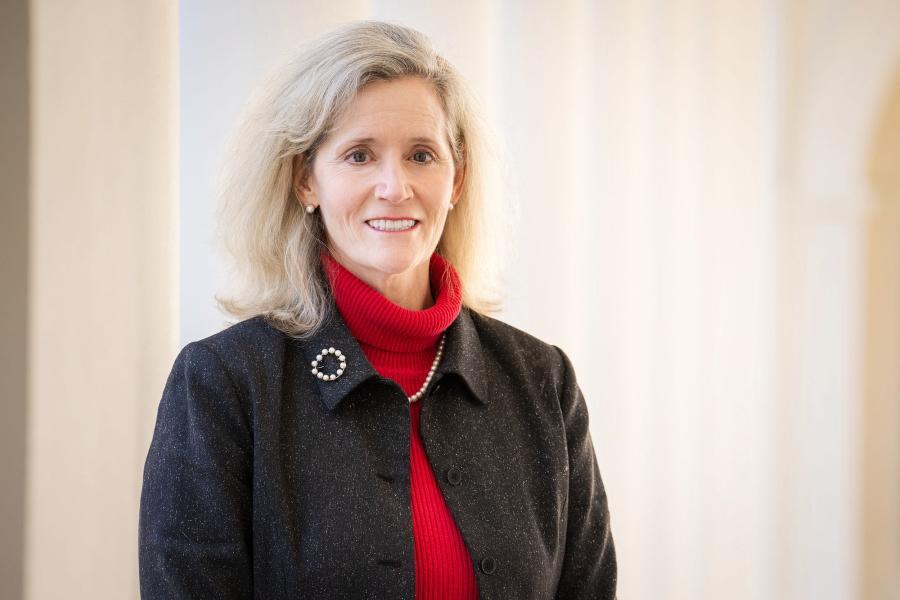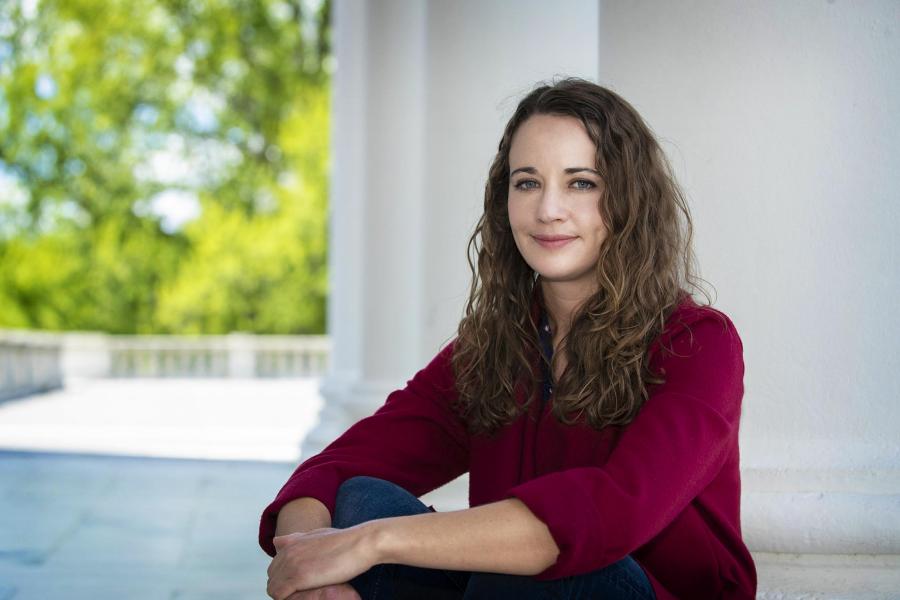In the 11 years since she was sworn in as the 28th chief justice of the Supreme Court of California, Tani Cantil-Sakauye has, among many accomplishments, created bail reform that has improved the public’s access to justice.
No doubt, you’d be hard-pressed to find a better person to teach a course called “Constitutional Framework of Public Safety.”
That’s what Bryon Gustafson, an assistant professor in the University of Virginia’s School of Continuing and Professional Studies, thought when he asked Cantil-Sakauye to teach the course, which is part of the school’s new master’s degree program in public safety that launched last year and he is directing.
“She’s one of the most significant jurists in America, authoring decisions with big impact for one in eight Americans,” said Gustafson, a former chief of police at the Stockton Unified School District Police Department in Stockton, California. “Early in her career as a judge, she signed the first-ever DNA search warrant in this country. And before that, she was a prosecutor. Her expertise on issues of law and public safety is second to none.”
The course is designed to be relevant for professionals in many public safety fields: law enforcement, security, fire and rescue, and more.
So far, so good, according to Cantil-Sakauye, who is co-teaching the course asynchronously with Carolyn Johnson.
“My experience as a UVA professor, thus far, has been rewarding and fulfilling,” Cantil-Sakauye said. “[Johnson] has created an engaging educational environment and the graduate students thoughtfully share their views and experiences.”
UVA Today caught up with Cantil-Sakauye, the first Filipino American and second woman to serve in her state’s highest judicial office.
Q. I’m sure any law school in America would welcome you as a lecturer. What drew you to the Master of Public Safety program at UVA?
A. I was drawn to the master’s program at UVA for several reasons. First, the University has an excellent reputation and I support its strong efforts to make a professional, top-notch graduate program widely available to working students who are striving to enhance their service to the public, while maintaining their jobs and supporting their families. Second, it is also a plus that there is a California connection with Dr. Bryon Gustafson at the helm of the program.
Q. Why, with as busy and difficult of a day job that you have, do you teach?
A. While it is true that I have a busy day job, I teach and am involved because I am passionate about justice, civics and the law. UVA offers me a unique opportunity to teach in all these areas to students who are nationwide public safety professionals and have life experiences to share.
The California Constitution designates me as chair of the Judicial Council, the policy- and rule-making body of the judicial branch of government. In this capacity, I have pursued many different educational initiatives, and one of my favorites is the Power of Democracy initiative, wherein I have convened state jurists, federal jurists, lawyers, educators and other constitutional officers to focus on civics education programs with an emphasis on the judiciary, for students in grades K-12.
Additionally, I often speak at law-related functions to student, lawyer and judicial audiences about the law, justice or the state of the judiciary.






